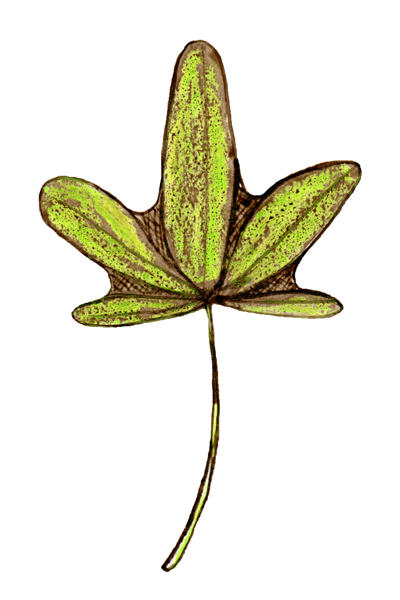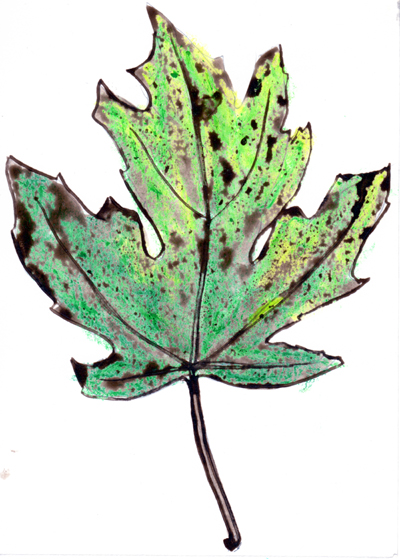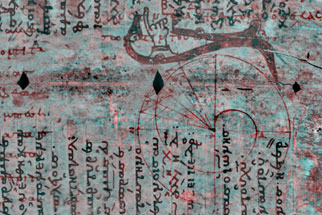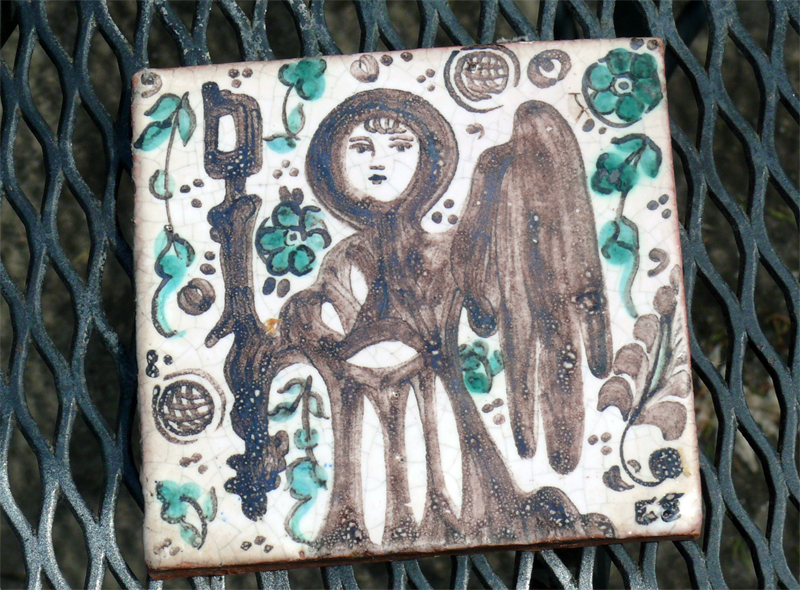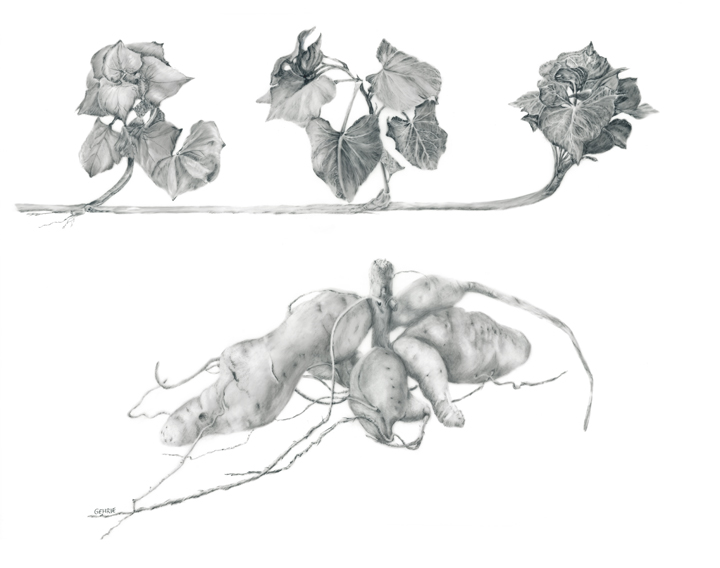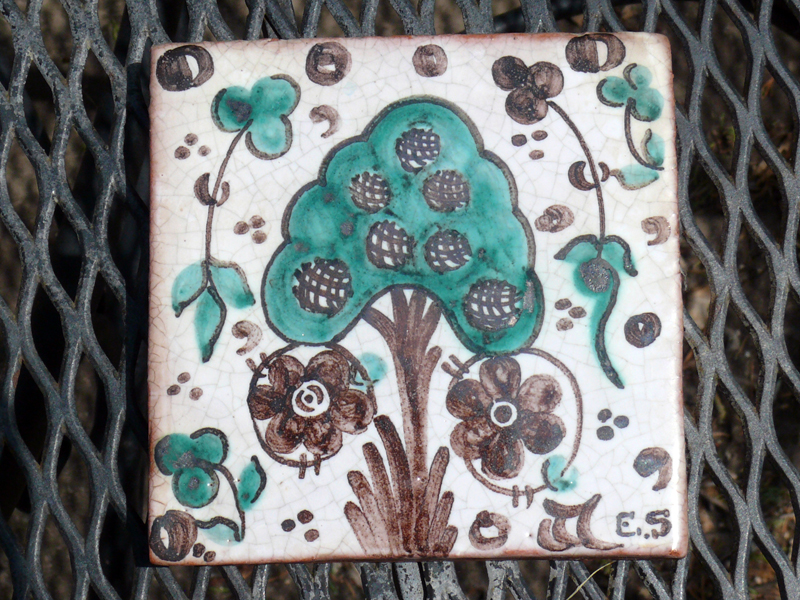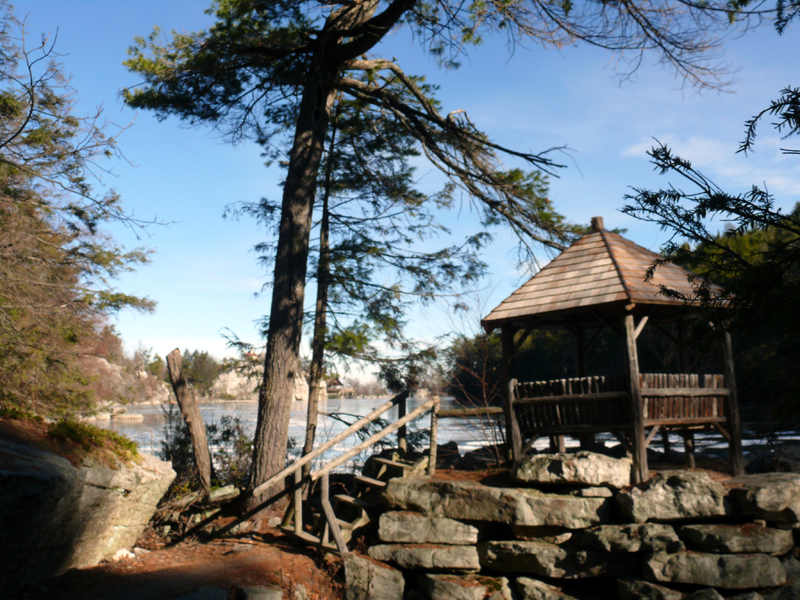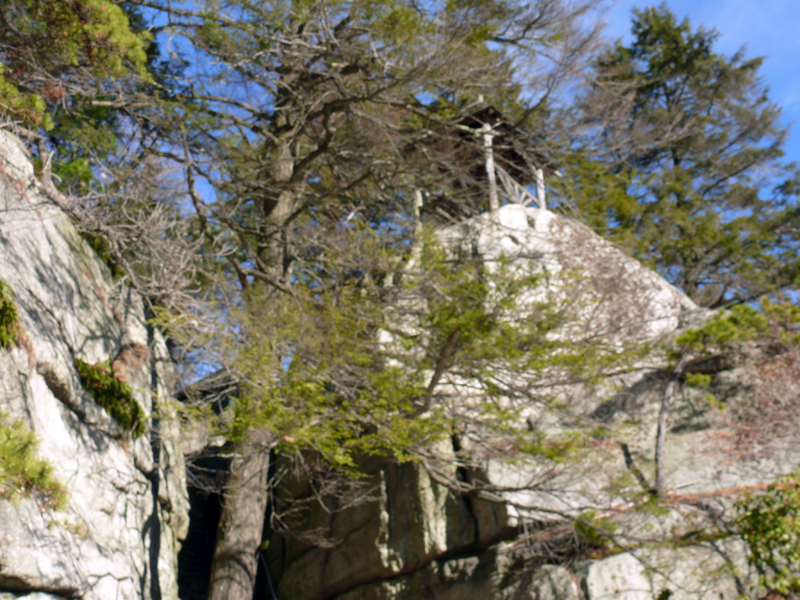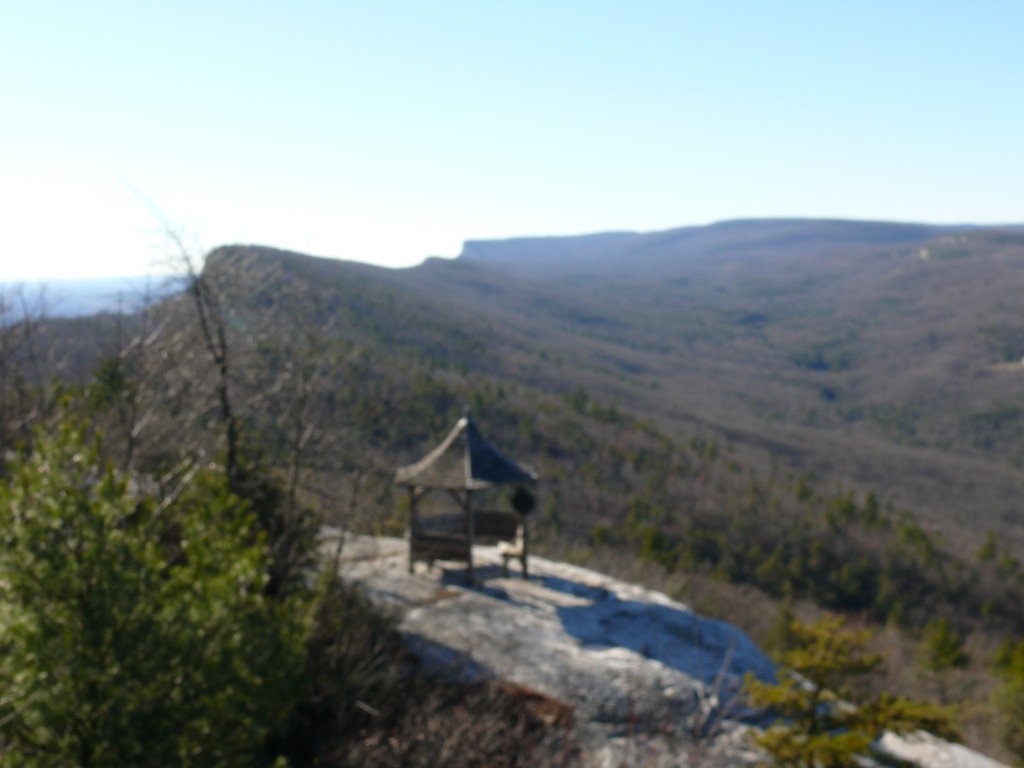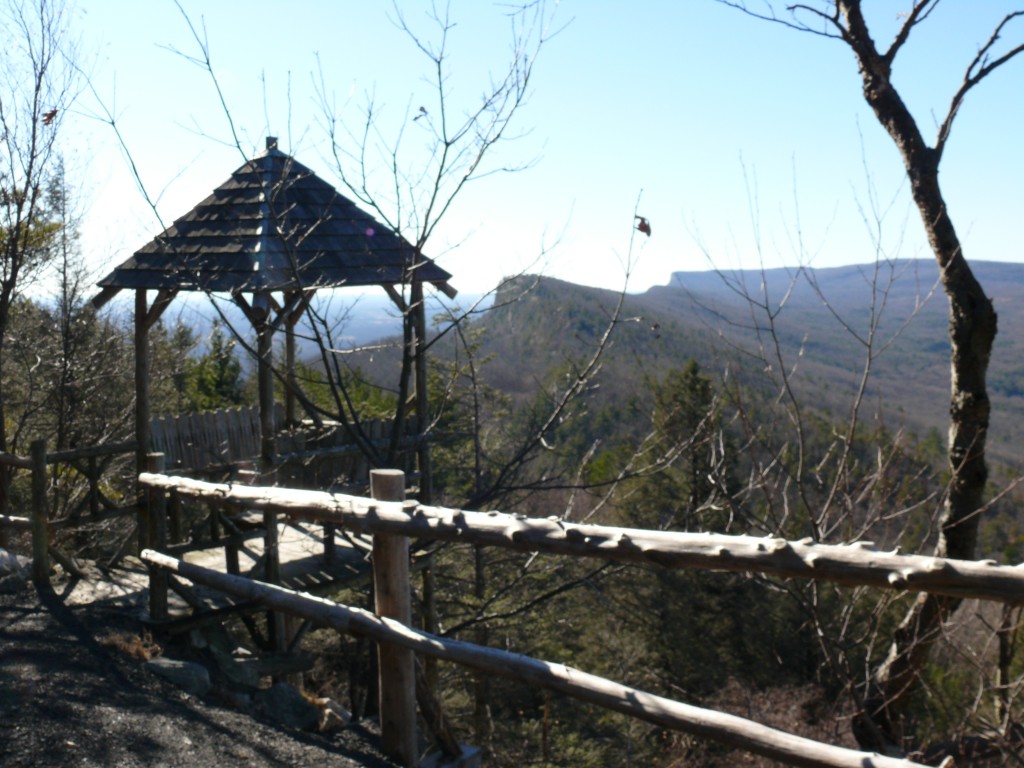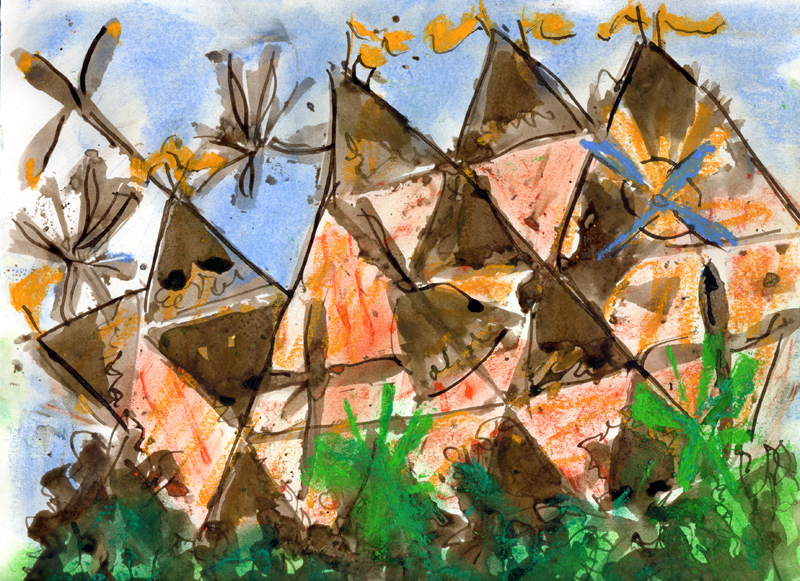Seven question findings – Preliminary
2. Would you like to spend time in a Flock House?
a. 60 visitors to the Flock House Omaha Exhibit either examined the NYC Flock House on display and answered the questions at a table next to the Flock House, or entered the NYC Flock House. It was set up as a studio where they used the 7 questions sheet, pens, drawing boards, drawing materials and model building materials. Fifty said they would like to spend time in a flock house. Most responded with a simple “Yes” or “Yes!” Some responded with “Sure,” “Absolutely,” “Most likely,” “Sounds like fun,” and “I would like to.”
Five responded “No.” Their reasons were that the Flock House “looks dirty,” “looks cold,” (has) “no door,” (is) “exposed,” “exhibitionistic,” and “without the pleasure of security.”
Three responded “maybe,” one “probably,” and one did not respond.
Since 50 out of 60 wanted to spend time in a Flock House, I take this as strong evidence that Flock House is an idea with appeal. It is closely associated to other structures with strong appeal such as a hut, play house, cabin, tent, teepee, gypsy cart, covered wagon, tiny house, Etc. These structures resonate with expectations that are both adventuresome and atmospheric
Some who said yes, also qualified their enthusiasm for spending the night. It might depend on “weather conditions,” it would be “temporary” only, “it would have to be set up inside, and security issues would need to be explored.”
b. Forty visitors strongly desired to spend time in a Flock House. However, other a positive responses were filtered by the physical situation in which they envisioned inhabiting a Flock House. These filters divided into Nature filters, Conditions filters, and Atmosphere filters.
Nature filters: These linked to a natural form or to camping as an outdoor activity. Six natural forms are: “a more natural setting” “by the lake,” “under a huge tree,” “In the woods,” “in a field,” and “mountains. Three camping filters are: “camping” “substitute for a tent,” and “camp out.”
Conditions Filters are qualifications about inhabiting a Flock House. They reflect the attempt to envision how it might be, and how it might fit into one’s life. Five filters are: “if diminished belongings, possible live here,” “but not as a permanent habitat,” “I need to think about what I would do to pass the time, “I’d want at least a week. To gain the full experience,” and “I want one in my back yard!”
Atmosphere filters were A place to accomplish and Context/state of mind.
A place to accomplish filters are: “Having something you want to do there,” “See what it feels like,” “An experience I have not had before,” “read a book,” “art making,” and “a home.”
Context/State of mind filters are: “being alone,” “being with other artists,” “clear the mind,” calm place of contemplation,” and “to lounge.”
c. Visitors who responded to this question sometimes added observations about the Flock House as a structure. Some contemplated how its features might impact their experience.
As a structure: Observations are: its “exposure to weather,” it “would glow at night,” “would be cold, and “seems a bit too open to the public.” Also, it “sounds like fun.”
The adaptations identified by inhabitants included changes in life-style, personal response, hesitations, and making a final determination about staying in a Flock House.
Adaptations for inhabitants are that a Flock House “requires less belongings for living.” The inhabit will “go back to basics of life,” and “be vulnerable.”
One personal response to these adaptations is: it is “someplace to relax and unwind.” Another is “I think I would be more productive, more physical.”
Hesitations to commit to staying in the Flock House echo the filters expressed section “b” (above). “What would I do there?” I am so used to my bed and lifestyle.” “I need certain degree of comfort and would need to feel safe.”
Yet, others used this question to declare, definitively, their commitment to staying there, or the adaptations they required from the Flock House.
I definitely would – homeless at this time anyhow. So commitment is no problem (smiley face)
I wouldn’t like at night, the sides being too exposed. I think I would use canvas fabric instead of as it was to stay at NYC (Flock House).
I’d love to take a house into a more natural setting. Such as the mountains and use it as a sort of tent.

